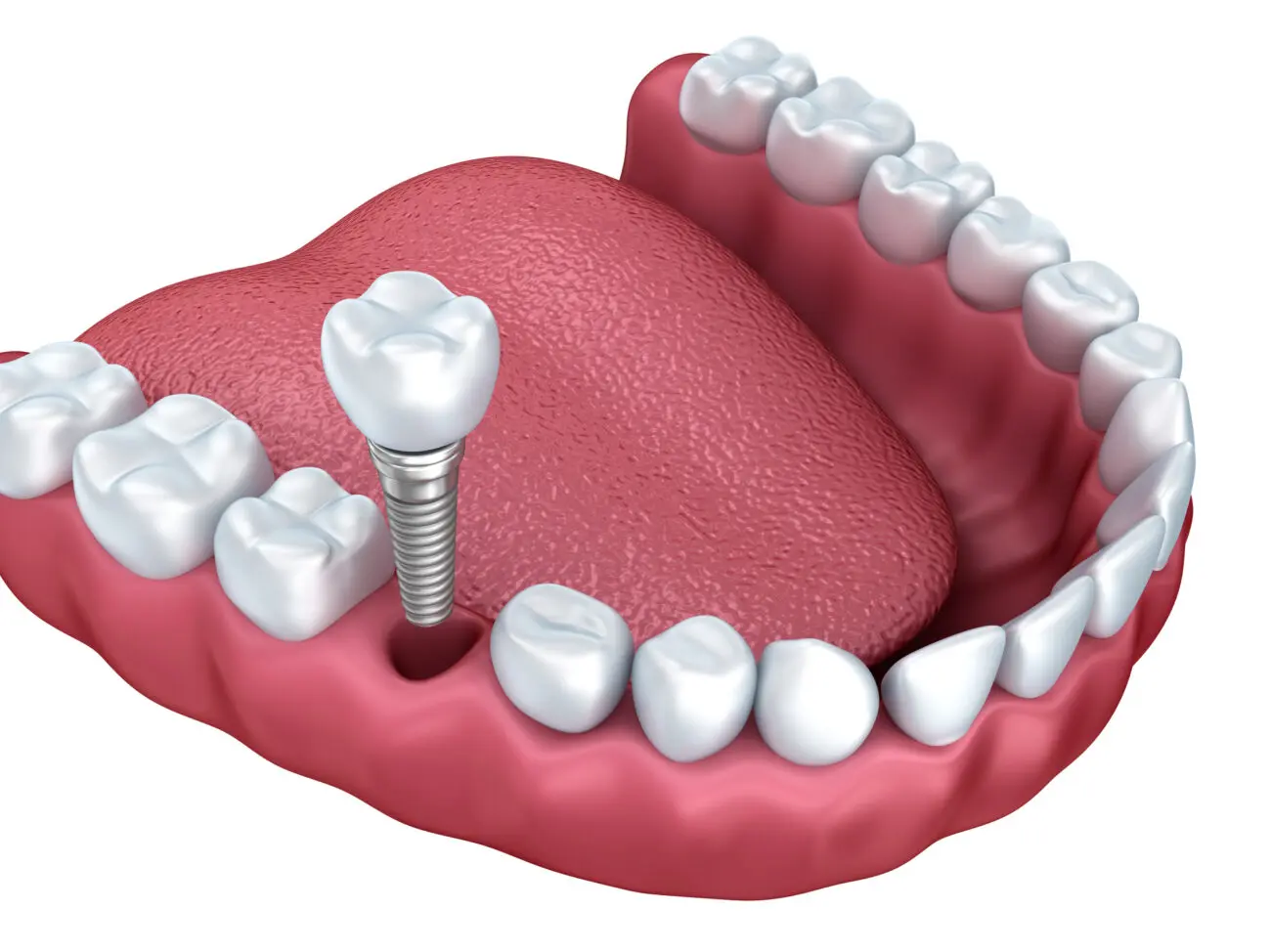An Implant-Supported Crown is an Ideal Solution for Replacing a Missing Tooth
It may be tempting to ignore your missing tooth. How harmful could it be to have one tooth missing? The truth is that a single gap in your smile can lead to many problems. This includes problems biting and chewing food, neighboring teeth shifting or leaning towards the gap, and bone loss in the underlying jaw.
These negative consequences can impact your oral health. Dr. Jason Petkevis will suggest an implant-supported crown in Chester Springs, PA to replace your single missing tooth. This solution will improve the appearance of your smile and your oral health.

What is an Implant-Supported Crown?
An implant-supported crown is a dental restoration that replaces a tooth at the root. It comprises three parts: the implant fixture, the abutment, and the dental crown. The dental implant is a small screw-like metal piece that must be inserted into the jawbone via a surgical procedure.
Here, it fuses to the bone, creating a sturdy base for the crown. The abutment is simply the small piece that connects the implant to the crown. The dental crown is the part that resembles a natural tooth. Dr. Petkevis will create a dental crown that matches the color, shape, and size of your surrounding natural teeth.
Dr. Petkevis can secure the crown to the implants in one of two ways:
Cement-Retained Implant Crowns
A cement retained implant crown is one that is glued to a post, also known as an abutment, that is screwed into the implant. It can be used in instances of cosmetic dental compromises.
However, one of the main disadvantages is that the cemented crown is difficult to remove. It will require drilling and risks damaging the crowns. If the crown needs to be removed for maintenance, if the abutment or the implant needs attention, it will be difficult to reach them. Also, when the dentist sets the crown, cement remnants can be left behind. This can lead to gum irritation and possibly an infection.
Screw-Retained Dental Implant Crowns
A screw retained crown does not involve a separate abutment. The crown will screw directly to the implant fixture. The screw access channel needed to attach the crown to the implant will be covered with a composite material. The screw retained crown is easy to remove and reattach in the case of screw loosening or repairs. Studies have shown the risk of peri implantitis is much less with a screw retained crown compared to the cement retained crown. Manufactures have developed restorations that allow dentists to correct poorly angulated implants through the use of angled screw access channels, allowing for screw retention in places where it was once contraindicated.
Implant-Supported Crown vs. Dental Bridge
An implant-supported crown offers several benefits over a dental bridge. Firstly, unlike a dental bridge, it does not rely on adjacent teeth for support. This solution preserves your natural tooth structure by not requiring alteration to secure the restoration.
Secondly, an implant-supported crown replaces the tooth at the root. The implant not only provides good stability and durability for the crown, but it also mimics a natural tooth root. This will prevent bone loss in the jaw.
However, a dental bridge is a less expensive solution. As the more affordable dental restoration, many patients choose a dental bridge. The treatment time is also much shorter. It can take several months to a year to get an implant-supported crown, while a dental bridge can be completed in about a month.
